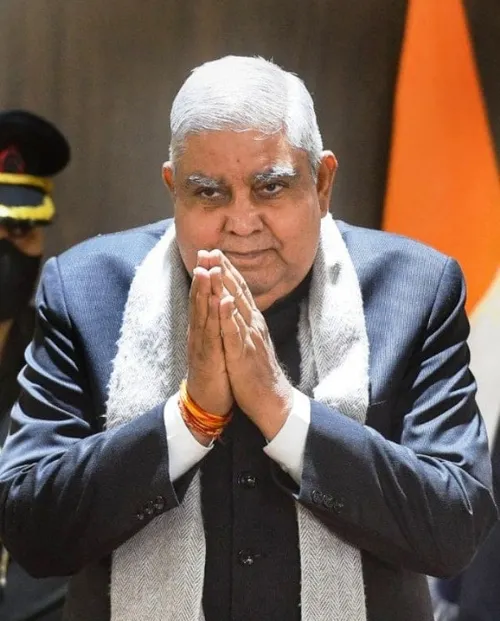The Reserve Bank of India (RBI) may consider widening the existing policy rate corridor from 50 basis points (bps) to 75 bps to encourage banks to lend instead of parking surplus funds with it under the Standing Deposit Facility (SDF).
The possibility of the policy rate corridor getting widened has increased as some banks have been passively parking funds with RBI under SDF instead of on-lending in the uncollateralised call money market over the last few months.
Easy way
RBI Governor Sanjay Malhotra had flagged this issue in his February 2025 monetary policy statement. That banks may be taking the easy way out by deploying surplus funds with RBI is underscored by the fact that they parked ₹3,14,265 crore overnight under SDF at an interest (SDF) rate of 5.75 per cent (that is 25 bps below the current repo rate of 6 per cent) on June 2nd.
Widening of the policy rate corridor could mean that the SDF rate under the central bank’s liquidity adjustment facility (LAF) would be 50 bps lower than the policy repo rate against 25 bps now.
However, the marginal standing facility (MSF) rate would continue to be 25 bps above the policy repo rate. One basis point equals one-hundredth of a percentage point.
Under LAF, RBI injects/absorbs liquidity into/from the banking system. Repo rate (currently at 6 per cent) is the interest rate at which banks draw funds from RBI to overcome short-term liquidity mismatches.
Under SDF, the central bank accepts uncollateralised deposits on an overnight basis, from all LAF participants.
Under MSF, banks can borrow, on an overnight basis, from RBI by dipping into their Statutory Liquidity Ratio portfolio (comprising G-Secs and State Development Loans) up to a predefined limit.
The LAF (or policy rate) corridor (currently at 50 bps) has MSF rate (currently at 6.25 per cent) as its ceiling and SDF rate (5.75 per cent) as the floor, with the policy repo rate (6 per cent) in the middle of the corridor. This corridor is currently symmetrical: 25 bps +/- on either side of the repo rate.
If this corridor is widened to 75 bps under the current surplus liquidity scenario, the SDF rate will come down to 5.50 per cent; that is 50 bps below the current repo rate, with the MSF rate continuing at 6.25 per cent. So, this corridor will become asymmetrical, with SDF rate at 50 bps below repo rate and MSF rate 25 bps above the repo rate.
And, if the monetary policy committee cuts the repo rate to 5.75 per cent from 6 per cent at its upcoming meeting on June 6 and the LAF corridor is widened, the SDF rate could come down to 5.25 per cent and the MSF rate could get adjusted to 6 per cent.
So, if the SDF rate is pegged 50 bps below the repo rate, the attractiveness of this window for parking surplus funds will come down. Consequently, banks will explore other deployment options, including lending and non-SLR securities, for better returns.
V Ramachandra Reddy, Head – Treasury, Karur Vysya Bank, said: “The RBI may widen the LAF corridor because banks are doing arbitrage – borrowing in TREPS (Tri Party Repo Dealing System) at a lower rate, say 5.50 – 5.70 per cent, and deploying in SDF at 5.75 per cent. Widening of the corridor will force further banks to lend and/ or invest in non-SLR securities.
Published on June 4, 2025
Anurag Dhole is a seasoned journalist and content writer with a passion for delivering timely, accurate, and engaging stories. With over 8 years of experience in digital media, she covers a wide range of topics—from breaking news and politics to business insights and cultural trends. Jane's writing style blends clarity with depth, aiming to inform and inspire readers in a fast-paced media landscape. When she’s not chasing stories, she’s likely reading investigative features or exploring local cafés for her next writing spot.





